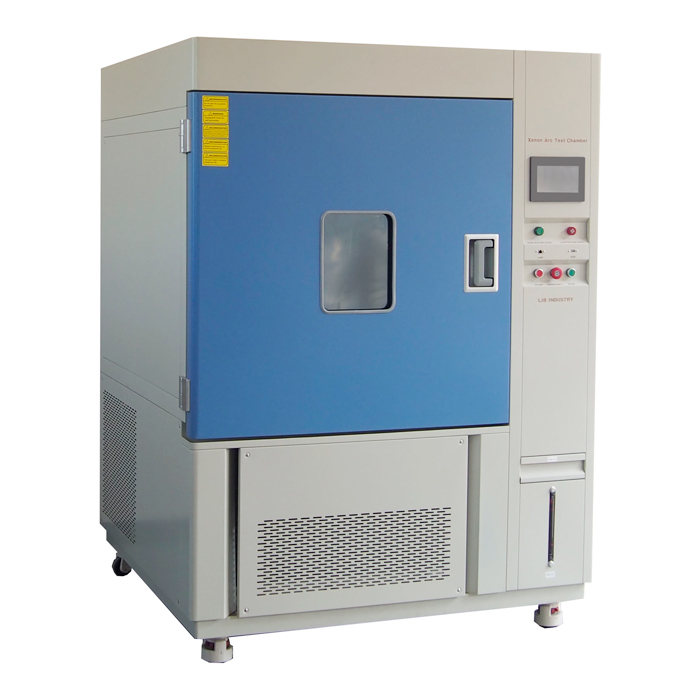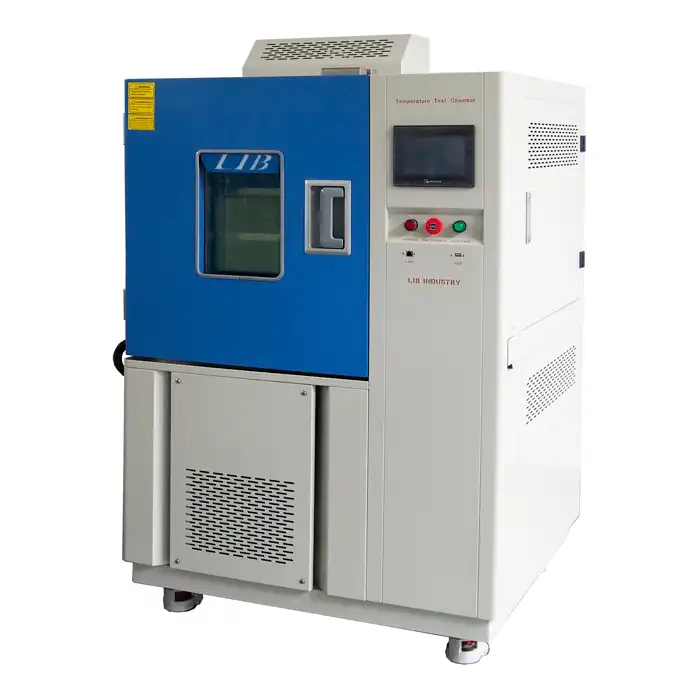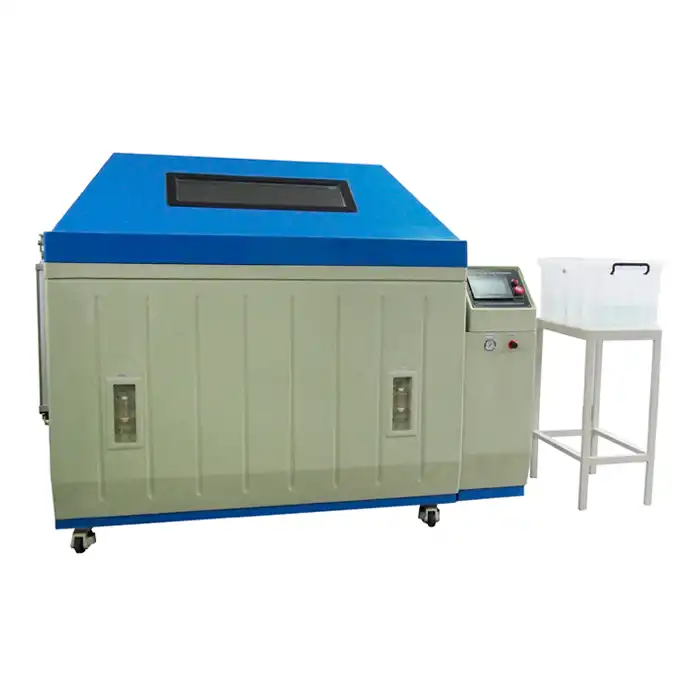ASTM G85 Salt And SO2 Spray Test Chamber Structure and Function
What Are the Key Components of the ASTM G85 Salt And SO2 Spray Test Chamber?
The ASTM G85 salt and SO2 spray test chamber is a sophisticated piece of equipment designed to replicate corrosive environments by utilizing salt mist and sulfur dioxide gas. It primarily consists of the following components:
- Test Chamber Body: The chamber is made from corrosion-resistant materials such as fiberglass-reinforced plastic (FRP) or stainless steel to ensure long-term durability. The structure is airtight to prevent leaking of aggressive testing agents.
- Spray Nozzle System: This system distributes a fine mist of salt solution and SO2 gas across the test samples. It ensures uniform coverage, which is critical for consistent test results.
- Heating System: The chamber includes a heating mechanism to maintain the required temperature for the test. Accurate temperature control is crucial for replicating real-world conditions.
- Control Panel: The system's brain allows users to set and monitor test parameters like spray duration, temperature, and humidity.
- SO2 Injection System: This mechanism introduces sulfur dioxide gas into the chamber, allowing for the accelerated corrosion testing that ASTM G85 requires.
How Does the Spray Nozzle System Work in the ASTM G85 Salt And SO2 Spray Test Chamber?
The spray nozzle system is integral to ASTM G85 salt and SO2 spray test chamber's functionality. It atomizes the salt solution and SO2 gas into a fine mist, which is sprayed over the test samples. The nozzle is strategically placed to ensure uniform distribution throughout the chamber, which is essential for consistent test results.
The flow rate of the spray is controlled by the user through the chamber's control panel. The system is designed to avoid clogging or uneven spray patterns, ensuring the mist remains steady and accurate. The salt solution used is typically a mixture of sodium chloride and water, designed to simulate seawater and other corrosive industrial environments. This, combined with sulfur dioxide gas, creates a highly corrosive atmosphere that mimics real-world conditions.
The Role of the Control Panel in Managing Test Parameters
The control panel is the central hub that manages ASTM G85 salt and SO2 spray test chamber's operations. It allows users to adjust the temperature, humidity, spray duration, and SO2 concentration.
Through the control panel, operators can pre-set testing cycles, monitor real-time conditions, and make immediate adjustments if needed. Some chambers also come with digital displays or touch screens that provide enhanced usability, making the test process more intuitive. This level of control ensures precise adherence to the ASTM G85 standard, which is critical for producing reliable, consistent test results.
Additionally, advanced control panels may include data logging capabilities, allowing for comprehensive tracking and analysis of environmental conditions during the test.
How Does the Chamber's Temperature and Humidity Control System Function?
Temperature and humidity are key variables in the ASTM G85 salt and SO2 spray test chamber. Accurate control of these parameters ensures that the test conditions match the required specifications.
The chamber uses a temperature control system to maintain a consistent internal environment, typically within the range of 35 °C to 50 °C, depending on the specific test requirements. The heating system, often equipped with an internal thermostat, ensures that the temperature remains stable throughout the test cycle.
Humidity control is equally important. The humidity system regulates the moisture levels inside the chamber, ensuring that the salt solution remains in the proper state for atomization and distribution. The combination of controlled temperature and humidity creates the perfect environment for accelerated corrosion, allowing manufacturers to predict how materials will perform over time in harsh conditions.
LIB ASTM G85 Salt And SO2 Spray Test Chamber
Our chambers are engineered with precision and durability in mind, incorporating advanced features to ensure reliable performance. Key advantages of LIB's chamber:
- Corrosion-Resistant Materials: Our chambers are constructed from high-quality materials like stainless steel and fiberglass-reinforced plastic to withstand aggressive testing environments.
- Advanced Control Systems: Featuring intuitive control panels, our chambers allow users to easily monitor and adjust key parameters, ensuring precise test conditions.
- Uniform Spray Distribution: With a finely tuned spray nozzle system, our chambers provide consistent and uniform misting, ensuring accurate and repeatable test results.
- Temperature and Humidity Accuracy: Our chambers maintain tight control over temperature and humidity levels, ensuring compliance with ASTM G85 standards.
Whether you're testing coatings, metals, or other materials, LIB Industry provides a complete solution to meet your corrosion testing needs. Our chambers are also customizable to suit specific test requirements, ensuring you get the best fit for your unique application. For more information on how our ASTM G85 salt and SO2 spray test chambers can enhance your testing processes, contact us at info@libtestchamber.com.
References
1. ASTM International, "ASTM G85: Standard Practice for Modified Salt Spray (Fog) Testing"
2. ISO Standards, "Corrosion Tests in Artificial Atmospheres"
3. Materials Performance Journal, "The Role of SO2 in Accelerated Corrosion Testing"
4. Journal of Materials Engineering and Performance, "Effect of Environmental Testing on Metal Corrosion"
5. Corrosion Science, "Mechanisms of Corrosion in Salt Spray and SO2 Environments"
6. ASTM Committee G01 on Corrosion of Metals, "Corrosion Testing in Atmospheric Conditions"



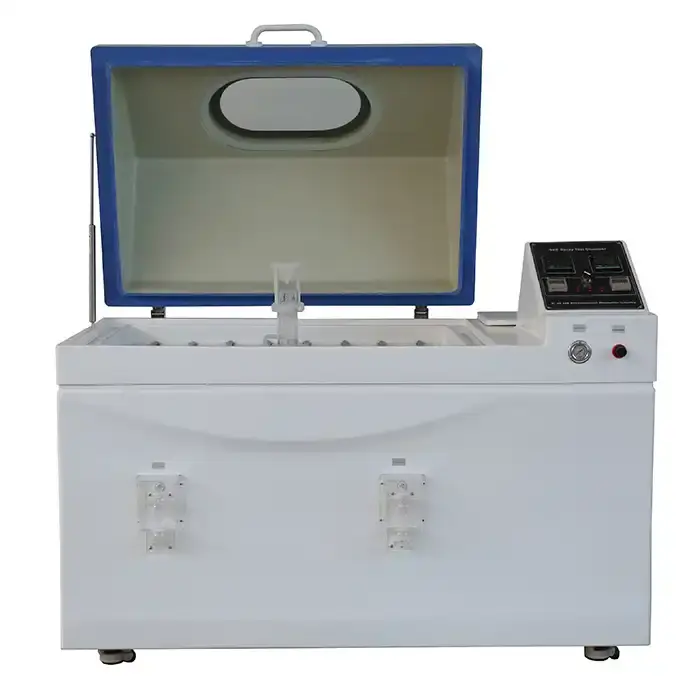
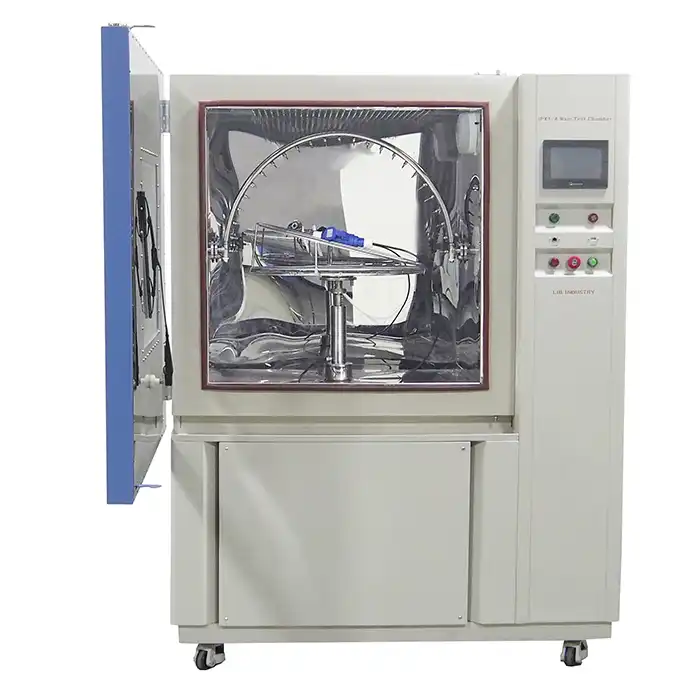
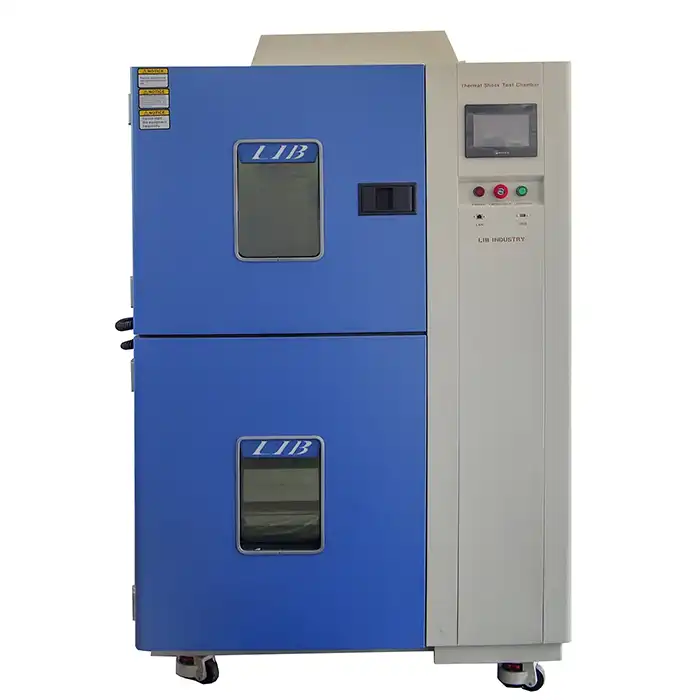
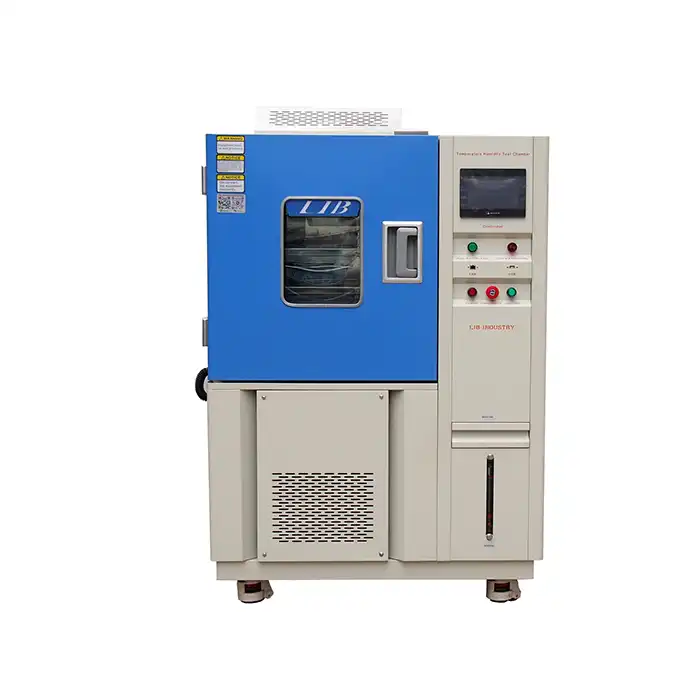
.webp)
